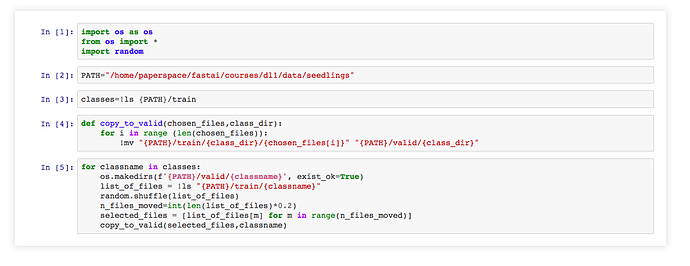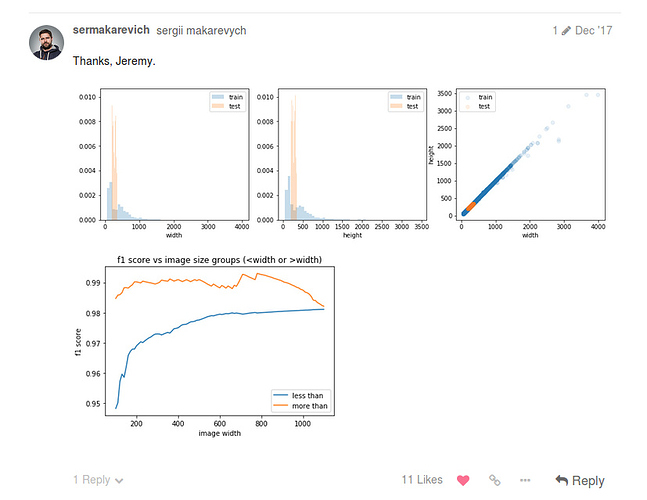Hi! I am getting an error whenever i run a function to calculate lean value.
learn = ConvLearner.pretrained(arch, data)
lrf=learn.lr_find()
learn.sched.plot()
Please help in resolving this error. Error log is below:
TypeError Traceback (most recent call last)
in ()
----> 1 lrf=learn.lr_find()
2 learn.sched.plot()
~/fastai/fastai/learner.py in lr_find(self, start_lr, end_lr, wds, linear)
250 layer_opt = self.get_layer_opt(start_lr, wds)
251 self.sched = LR_Finder(layer_opt, len(self.data.trn_dl), end_lr, linear=linear)
–> 252 self.fit_gen(self.model, self.data, layer_opt, 1)
253 self.load(‘tmp’)
254
~/fastai/fastai/learner.py in fit_gen(self, model, data, layer_opt, n_cycle, cycle_len, cycle_mult, cycle_save_name, use_clr, metrics, callbacks, use_wd_sched, norm_wds, wds_sched_mult, **kwargs)
154 n_epoch = sum_geom(cycle_len if cycle_len else 1, cycle_mult, n_cycle)
155 return fit(model, data, n_epoch, layer_opt.opt, self.crit,
–> 156 metrics=metrics, callbacks=callbacks, reg_fn=self.reg_fn, clip=self.clip, **kwargs)
157
158 def get_layer_groups(self): return self.models.get_layer_groups()
~/fastai/fastai/model.py in fit(model, data, epochs, opt, crit, metrics, callbacks, **kwargs)
104 i += 1
105
–> 106 vals = validate(stepper, data.val_dl, metrics)
107 if epoch == 0: print(layout.format(*names))
108 print_stats(epoch, [debias_loss] + vals)
~/fastai/fastai/model.py in validate(stepper, dl, metrics)
126 preds,l = stepper.evaluate(VV(x), VV(y))
127 loss.append(to_np(l))
–> 128 res.append([f(preds.data,y) for f in metrics])
129 return [np.mean(loss)] + list(np.mean(np.stack(res),0))
130
~/fastai/fastai/model.py in (.0)
126 preds,l = stepper.evaluate(VV(x), VV(y))
127 loss.append(to_np(l))
–> 128 res.append([f(preds.data,y) for f in metrics])
129 return [np.mean(loss)] + list(np.mean(np.stack(res),0))
130
~/fastai/fastai/metrics.py in (preds, targs)
11
12 def accuracy_thresh(thresh):
—> 13 return lambda preds,targs: accuracy_multi(preds, targs, thresh)
14
15 def accuracy_multi(preds, targs, thresh):
~/fastai/fastai/metrics.py in accuracy_multi(preds, targs, thresh)
14
15 def accuracy_multi(preds, targs, thresh):
—> 16 return ((preds>thresh)==targs).float().mean()
17
~/anaconda3/envs/fastai/lib/python3.6/site-packages/torch/tensor.py in eq(self, other)
346
347 def eq(self, other):
–> 348 return self.eq(other)
349
350 def ne(self, other):
TypeError: eq received an invalid combination of arguments - got (torch.cuda.FloatTensor), but expected one of:
- (int value)
didn’t match because some of the arguments have invalid types: (torch.cuda.FloatTensor)
- (torch.cuda.ByteTensor other)
didn’t match because some of the arguments have invalid types: (torch.cuda.FloatTensor)



